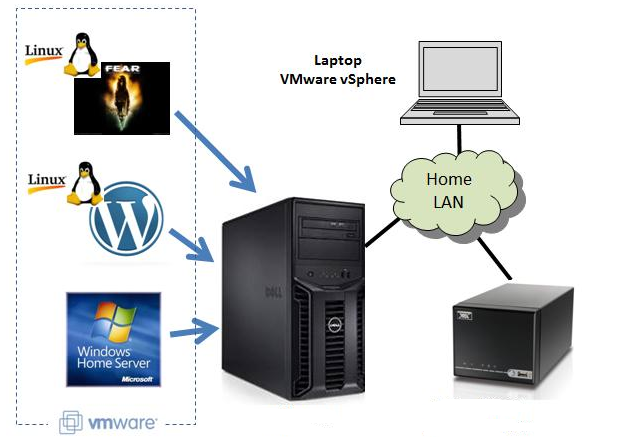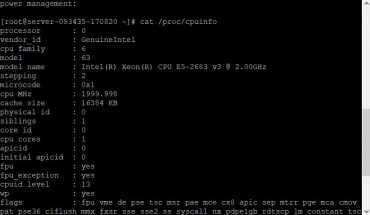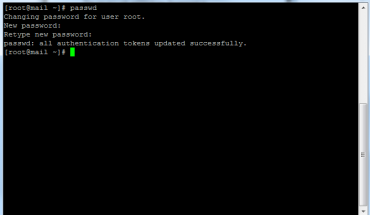- Hardware components: A router with Internet connection, a computer that acts as web server and network RJ45 cabling to connect the router to your computer.
- Software components: OS Windows or Linux, Apache server, a program for creating and editing Web pages such as Dreamweaver or Joomla, WordPress (free) programs.
Installing and running a server
Installing a server and running it tends to be fairly easy, the complexity is when the server has to serve thousands of daily visits, and managing them securely. But everything depends on the use we want to give to the server; if we know our needs it will be easy to choose what configurations we require. This section is oriented to the decisions and steps to take to mount a basic Web server.
1. In which computer the server is installed
It is customary to use x86 (32 – bit), we must also think of:
- What type of server software will be installed.
- What the load of users per day we will receive.
- What kind of content it will host, for example a website with multimedia and video content.
Being clear about the above can make an estimate of the power and features of the computer you need to use it as a server. The most powerful servers are 4-8 processors, and as much RAM as possible, although with a computer that has a dual core processor (2 cores) and 2GB of RAM with a hard drive S-ata would actually be more than enough to have a web server on certain conditions, such as serving up a simple website.
2. Election of the operating system
The first is to decide between Windows, Linux or any Unix-like; the most popular being the first 2. Under our criteria we have classified into two types:
- Decent server: Any Linux, Windows XP, Windows
- Professional Server: Windows Server 2008/2012
3. Choose the server program
This is one of the cornerstones.
- Apache Server: It is definitely a great choice. It is the most used server, it is free and there are both Windows and Linux versions.
- IIS (Internet Information Server): Comes with Windows XP Professional, 2000 and later. The problem with this is that you need more server resources and their performance is not as good as the Apache as far as resource management.
4. Internet connection
As we said earlier the Internet speed / bandwidth is what will limit the user load that can get to our server. Always keep in mind our needs and the type of website we have. The site will serve up as fast as the client’s or server’s slowest component or peripheral, as a general rule.
5. Open router ports
In order to ensure our server is connected to the internet we must open the necessary ports on the router, firewalls or proxies, in the case of web server, port 80, which is the defecto HTTP port for online transmission. It is standard for HTTP.
6. Hire domain
A domain name is the name that identifies a website. Each domain has to be unique on the Internet and pointed to the correct address, in this case your home server.
7. Having a fixed or dynamic IP
If you do not have fixed IP (no change) and conversely your IP is dynamic (changing each time your provider assigns you a new or reboot the router), you have to hire a dynamic DNS service, this is so because the Internet is based on IP addresses, not domain names. Each Web server requires a domain name server (DNS) to translate domain names to IP addresses.
There are multiple companies online that offer this service free dynamic DNS, such as no-ip.
8. Configure the firewall
Through your Internet IP, users can access your web server and view pages you put inside. You ‘ll have to keep in mind that you have the firewall allow incoming connections to the web server. If you have a firewall will have to create the appropriate rules so that it can access the web server. If you do not have firewall it is advisable to install and configure one to increase the security of your website. This is just one of many security measures you’ll have to take not just for yourself but also your visitors. However, for the purposes of a small, personal website, the steps outlined here are more than sufficient.





